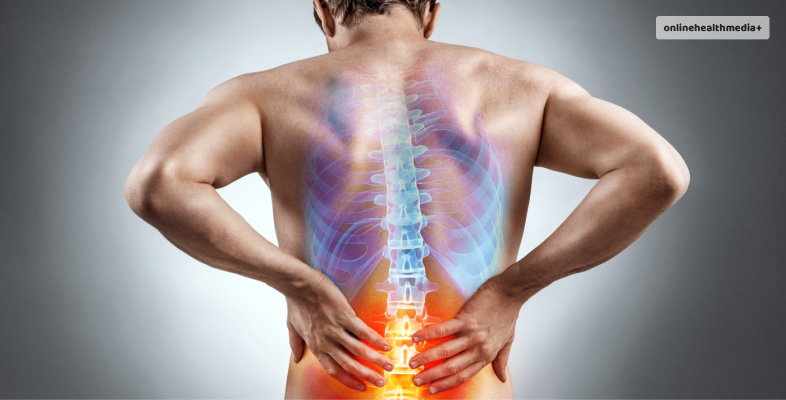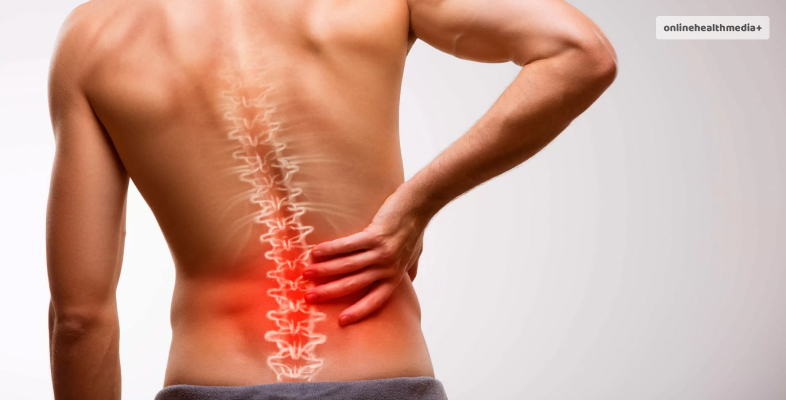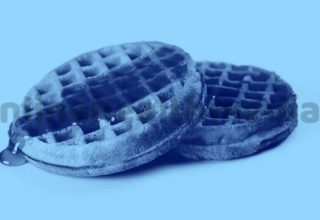Sciatica Pain 101: What It Is And How To Take Care Of The Condition.
Have you been experiencing a slight tingling pain in your leg that comes and goes as it pleases? As per the medical dictionaries, you are experiencing sciatica pain. This is when you experience weakness, pain and tingling that is caused by an injury or due to pressure.
Did you know that this is not a condition in itself, but a symptom? Yes! People usually perceive it as a condition rather than a symptom of something that could be causing the issue.
Alternatively, the condition is also known as sciatic nerve dysfunction, low back pain sciatica, and lumbar radiculopathy sciatica.
The symptom is called so due to the sciatic nerve which is mainly involved in the sensation of pain. The location of the pain is mainly the lower back, where the nerve travels down each leg.
This article is written with the perspective of further exploring the symptom and the causes that can lead to that tingling, uncomfortable sensation.
Contents
What Causes Sciatica Pain?

Have you noticed how when you squish a balloon filled with water, it is under immense pressure (as you pray that it does not burst too soon?) The symptom is caused due to the pressure that is put on the nerve. This pressure can lead to damage to this nerve.
In addition, the nerve is responsible for the muscles that are present in the back. So, when it is under pressure, these muscles also experience a pull that is painful. The top of the muscles present in your glutes, running down the back of your thighs and the lower legs are all controlled by this nerve.
The condition is very common and can affect individuals who are under the age of 20, however, this is rare. Usually, 40% of the people in the US experience the symptom which may remain for the rest of their lives.
Types Of Sciatica Pain

Regardless of the type that you have, both types leave the same effect on your body.
- True sciatica
As the name suggests, this is the sciatica that is connected to the sciatica nerve. An injury or a condition that is affecting the sciatica nerve directly is true sciatica occurs.
- Sciatica-like symptom
The sciatica-like pain that is felt in this symptom is when the actual nerve is not affected, however, the nerve that is actually affected could be either related to the sciatica nerve or the bundle of nerves that form it.
Other Causes Of Sciatica Pain

The causes of sciatica pain are several and may include:
- Degenerative disc disease
- Herniated disc
- Foraminal stenosis
- Spinal stenosis
- Spondylolisthesis
- Osteoarthritis
- Injuries that directly affect the sciatica nerve or the nerves associated with it.
- Some women may experience this symptom during pregnancy
- Conus medullas syndrome
- Cauda equina syndrome, this is when a collection of nerve roots are compressed. This collection of nerve roots can be found at the bottom of the spinal cord. Because of the cauda equina nerves, we are able to move and feel the sensations in the urinary bladder and legs. So, when it is compressed, the pain may feel like the second type.
How Can I Prevent Sciatica Pain?

Getting rid of sciatica pain is a different thing, however, before that you need to learn how to prevent experiencing this symptom. Following are the top tips on how to prevent the pain from occurring:
- Practice good posture while standing, sitting and sleeping for minimization of the pressure you feel on your back.
- If overweight, lose the appropriate amount of weight.
- Quit smoking as it can encourage disc problems.
- Lift with bent legs and straight back to prevent any injury.
- Avoid sitting for long hours.
- Get an adequate amount of Vitamin B12 so that the synthesis of myelin sheath is supported.
Sciatic Nerve Pain Treatment

The symptom can be relieved through either pharmacological or non-pharmacological alternatives. These can include medications or exercises that are done to soothe the pain and discomfort.
The medications that are used for treating symptoms include corticosteroids, antidepressants, anti-inflammatories, anti-seizure medications and opioids. These medications are usually prescribed for controlling the sensation of pain and other associated symptoms that are common.
The non-pharmacological treatment options for the condition include the following:
- Physical therapy
The health care provider will first start your treatment with medications and once the pain is under control, they will start the physical therapy. The program can help in preventing injuries in the future.
- Stretches
Exercises that can ease the pain include stretches and light movement that can ease the pressure. Stretches when done correctly and properly can help you get rid of the pain- irrespective of it being either of the two types. Stretches may include seated glute stretch, standing hamstring stretch or the pigeon pose.
- Steroid injections
The consultation of your doctor is necessary in this treatment option as only a trained individual should administer the injection. Up to three doses can be given in one year where just one injection can help significantly reduce the pain.
- Surgery
There are exercises for sciatic nerve pain that help in getting rid of the symptom as soon as possible.The option for a surgery is only required as a last resort when other treatments do not work. The surgery involves removing the bone spur that is pressing on the nerve.
However, a patient undergoes the surgery only when the sciatica pain is causing weakness, loss of bowel control.
- Acupressure
Acupressure has been hailed as the cure-all for most ailments that include muscle tension. It is known to be effective, especially when combined with massage therapy. The procedure is simple and an expert can bring the best results for you.
Recent Advances In The Treatment Of Sciatica Pain

Pulsed radiofrequency is a minimally invasive procedure that is currently being promoted as the procedure to relieve the pain. One such procedure is called nucleoplasty which is the procedure of inserting a thin needle into the disc.
Another advancement are the pumps for pain relief and spinal stimulators. The spinal pumps or the pain pumps deliver a continuous flow of medication that surrounds the spinal cord. The benefit of administering pain-relieving medication, ensures that it is diffused throughout the body.
Conclusion
This was all about sciatica pain and the causes that could result in the pain. It is also expected that the treatment method is clear, such that you get an idea how your pain could go away. You must keep in mind the preventative steps so that you can save yourself from the uncomfortable feeling.
Even after trying the stretches, if the pain persists, it is advised that you consult a professional.
Also Read
- The Key To A Long And Healthy Life: Centenarians’ Blue Zone Diet.
- Macrobiotic Diet: The Most Wholesome Diet To Balance It All Out!
- Elimination Diet: Here’s How Removal Leads To Healthification.



